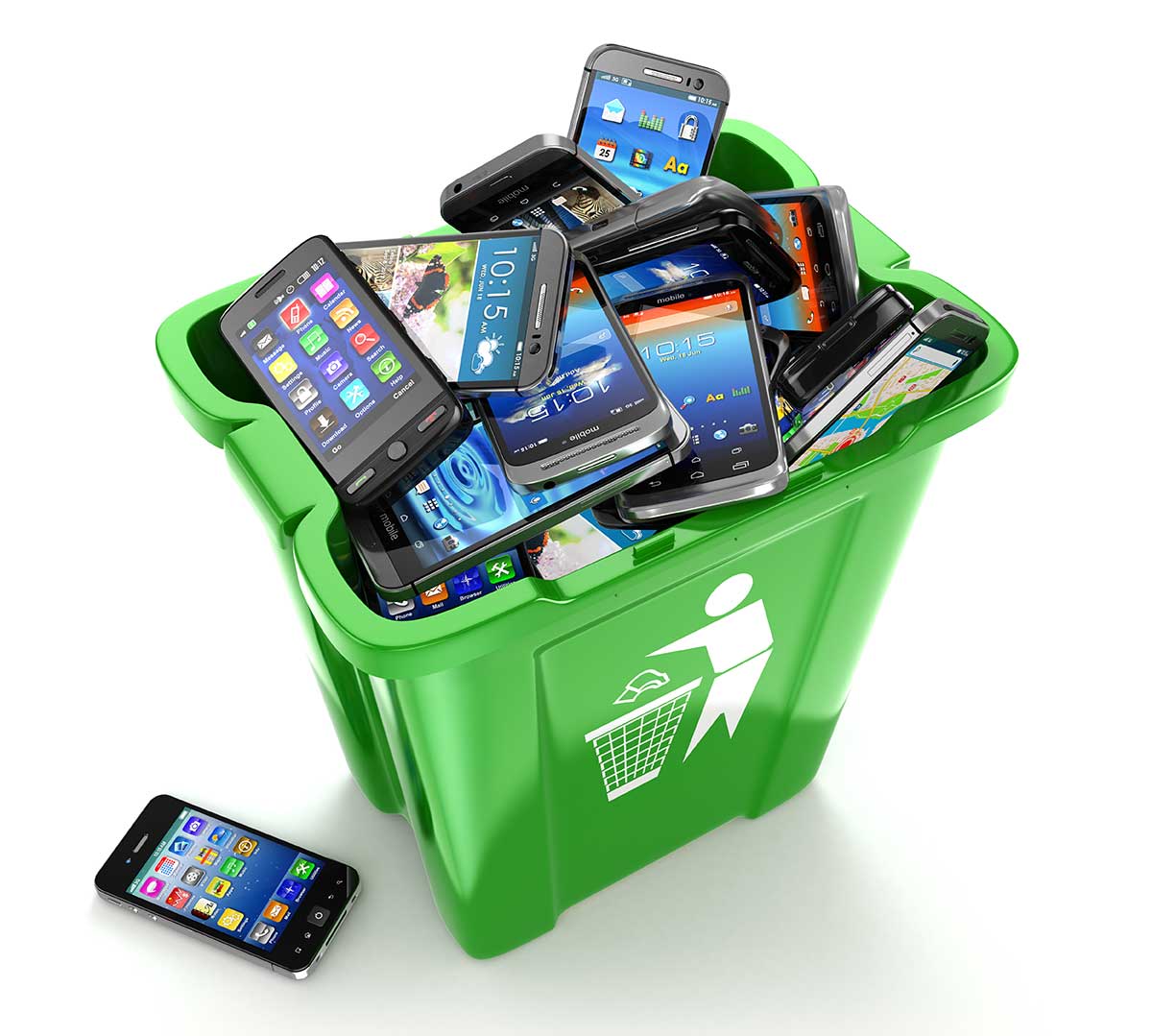Recycle your mobile phone and Save Our Planet
At Boomerang Recycle we want those old phones to come back!
Australia has about 23,000,000 (that’s twenty-three million) old mobile devices sitting in people’s drawers and cupboards at home, in handbags, and the desks across the nation.
At Boomerang Recycle we discovered that many of current recycling programs don’t work very well because they are not easy or convenient to use.
Getting your children to take your old and unused mobile devices to school and drop them into the Big Pink Boomerang Recycle wheelie bin in the Library is a really easy way to change and stimulate the way we recycle.
Only 8 per cent of Australians actually recycle their old mobile devices and as a society we need to change an “SAVE OUR PLANET !!
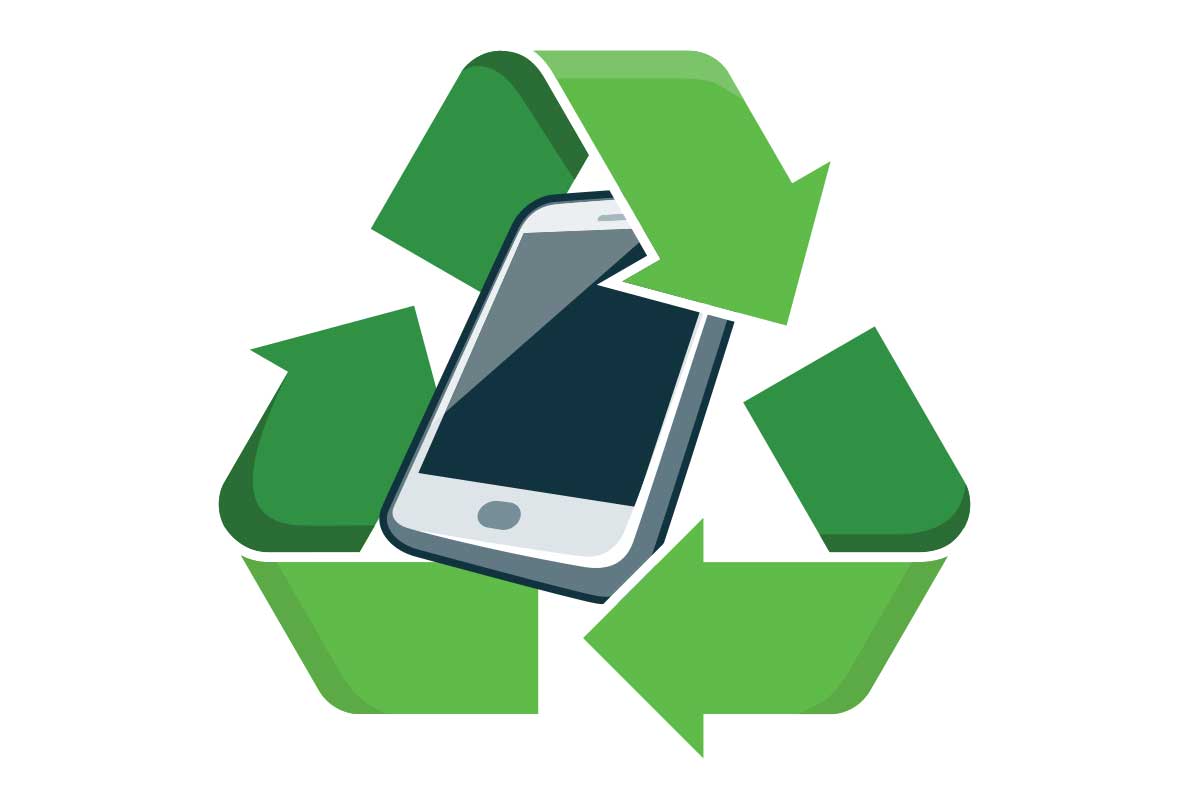
Why Recycle your phone?
Mobiles phones and other devices along with their accessories are not biodegradable, but they are highly recyclable.
Mobile phones should not be disposed of in the rubbish bin they should be recycled.
Mobile phones and devices contain toxic substances which, if not recycled properly damage the environment.
Energy Use
A huge amount of energy is used to mine, refine, and create the materials needed for a smartphone.
Nearly 13 tons of water is used to make a mobile phone.
1 gigajoule of energy is used to make a modern smartphone which is about 73 times the electricity used to charge a phone for a year.
1 gigajoule of energy can run a modern house for about a 1.5 weeks and is about the same as burning a quarter of a barrel of oil.
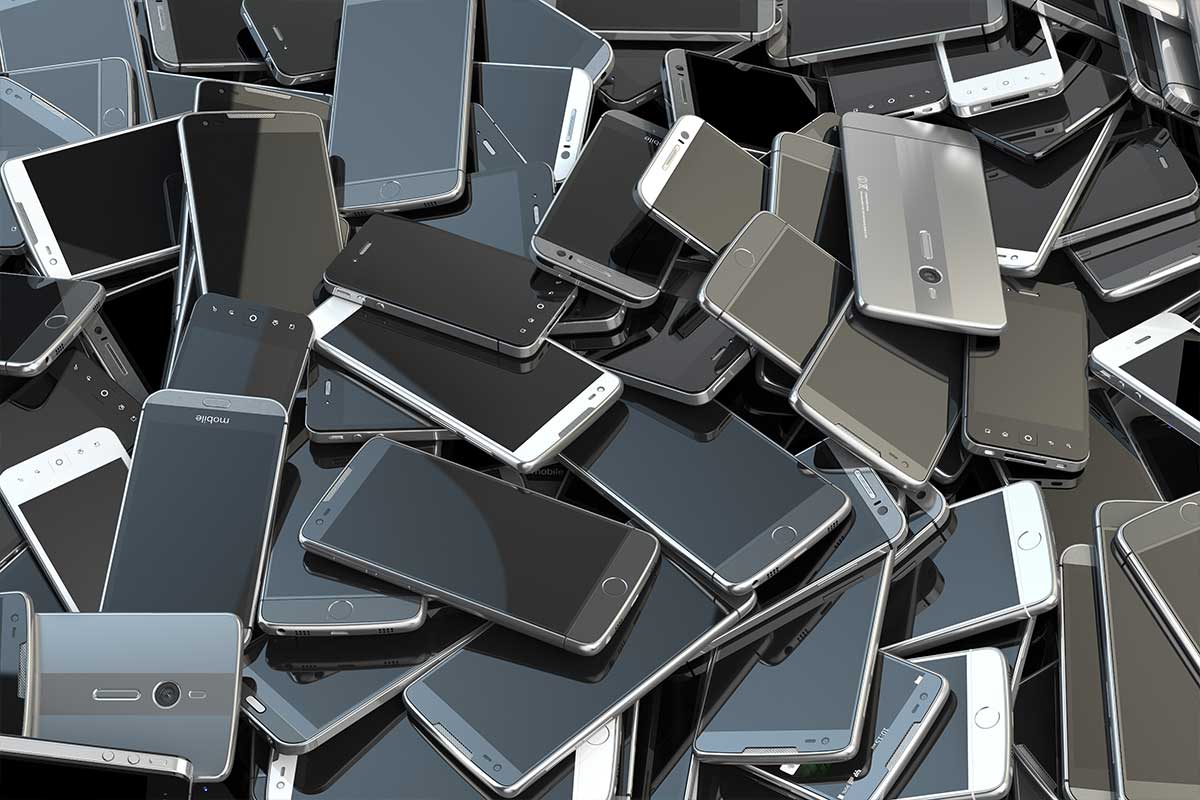
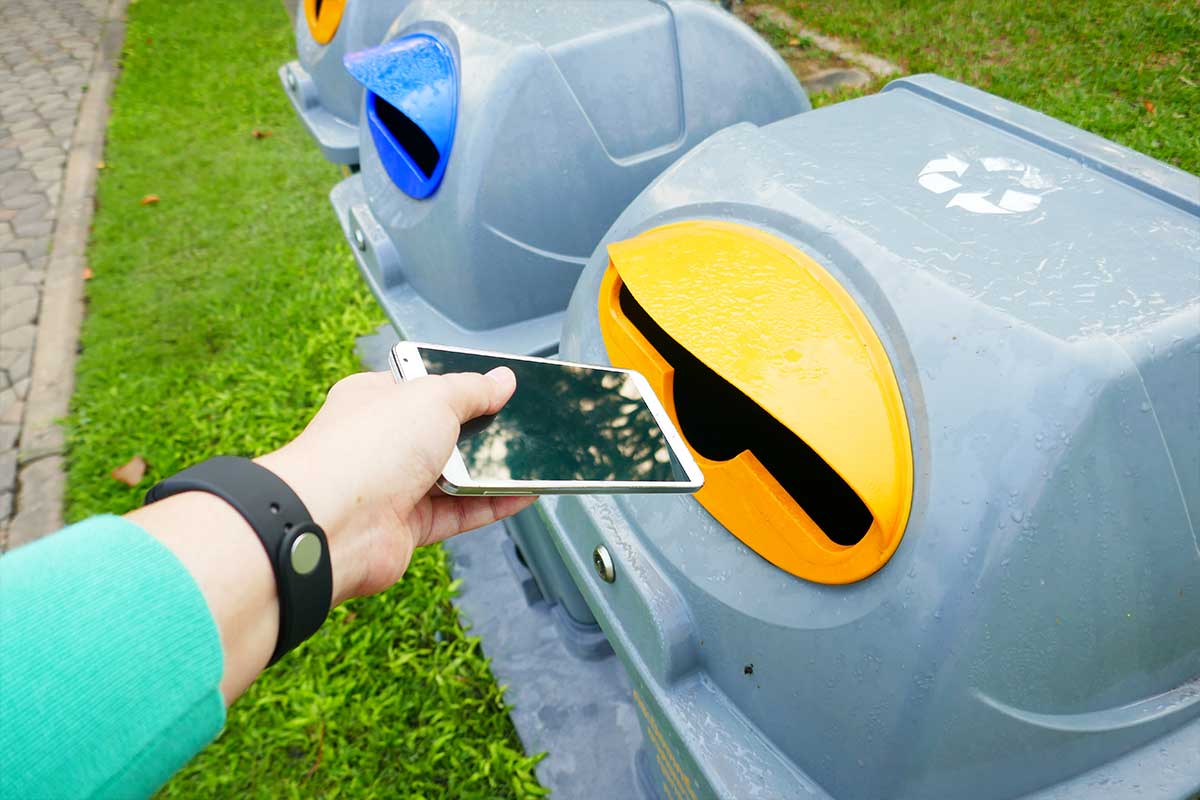
Materials used in mobile phones
Overall, a smartphone handset consists of around 40% metals (predominantly copper, gold, platinum, silver, tungsten, lithium, aluminium, cobalt, lead, nickel, and Zinc), 40% plastics and 20% ceramics and trace materials.
Environmental Facts and the Impact of your Mobile Phones
- There are about 31 million mobile devices active in Australia.
- There are an estimated 23 million unused mobile phones sitting in desks and drawers across Australia and of those 5 million are broken and no longer working. “They need recycling right now”.
- 90 per cent of a mobile phone and its accessories can be recycled and reused and returned to the supply chain to go back into making new products.
- Mobile phones contain precious metals and plastics that can be recycled to save energy and resources. Recycling would reduce the demand to mine these metals and manufacture more plastics.
- Mobile phones contain harmful substances that damage the environment if they are disposed of inappropriately.
- A Mobile phoned circuit board can contain copper, gold, lead, zinc, beryllium, titanium, cobalt, and other raw materials that require significant resources and energy to mine and manufacture.
- When placed in a landfill, these toxic materials pollute the soil, groundwater and the air we breathe.
- Toxic materials can then make their way back into the food chain which can cause cancer and negative human developmental and genetic impacts.
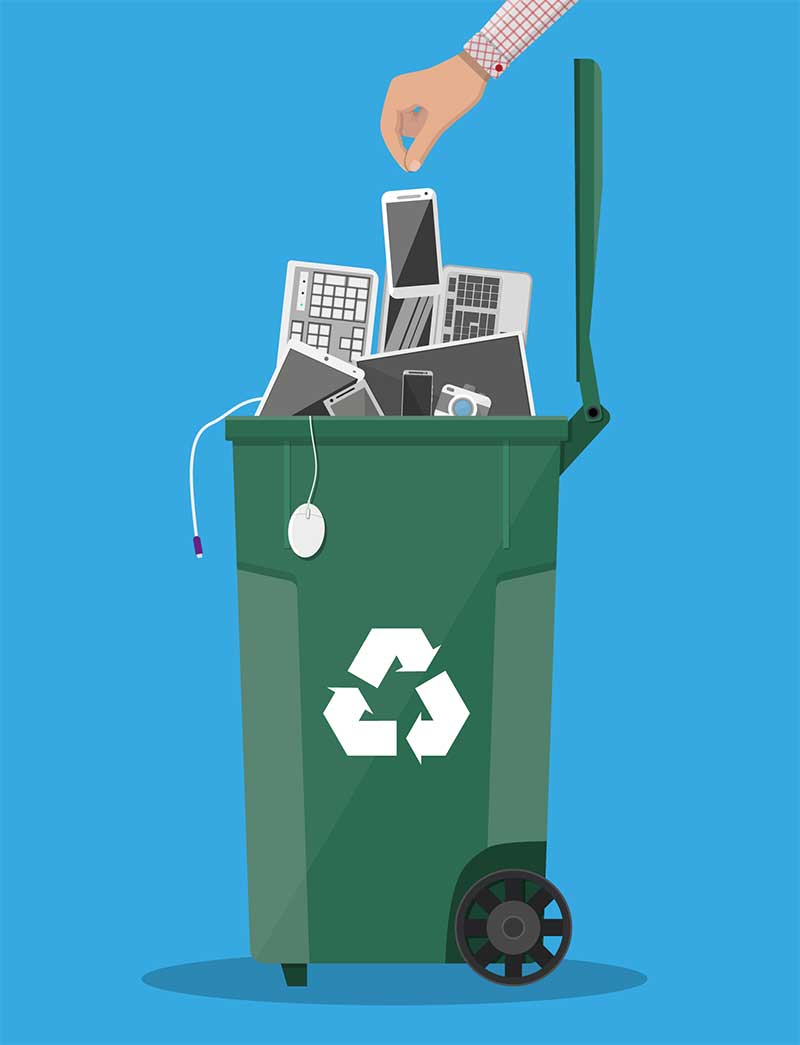
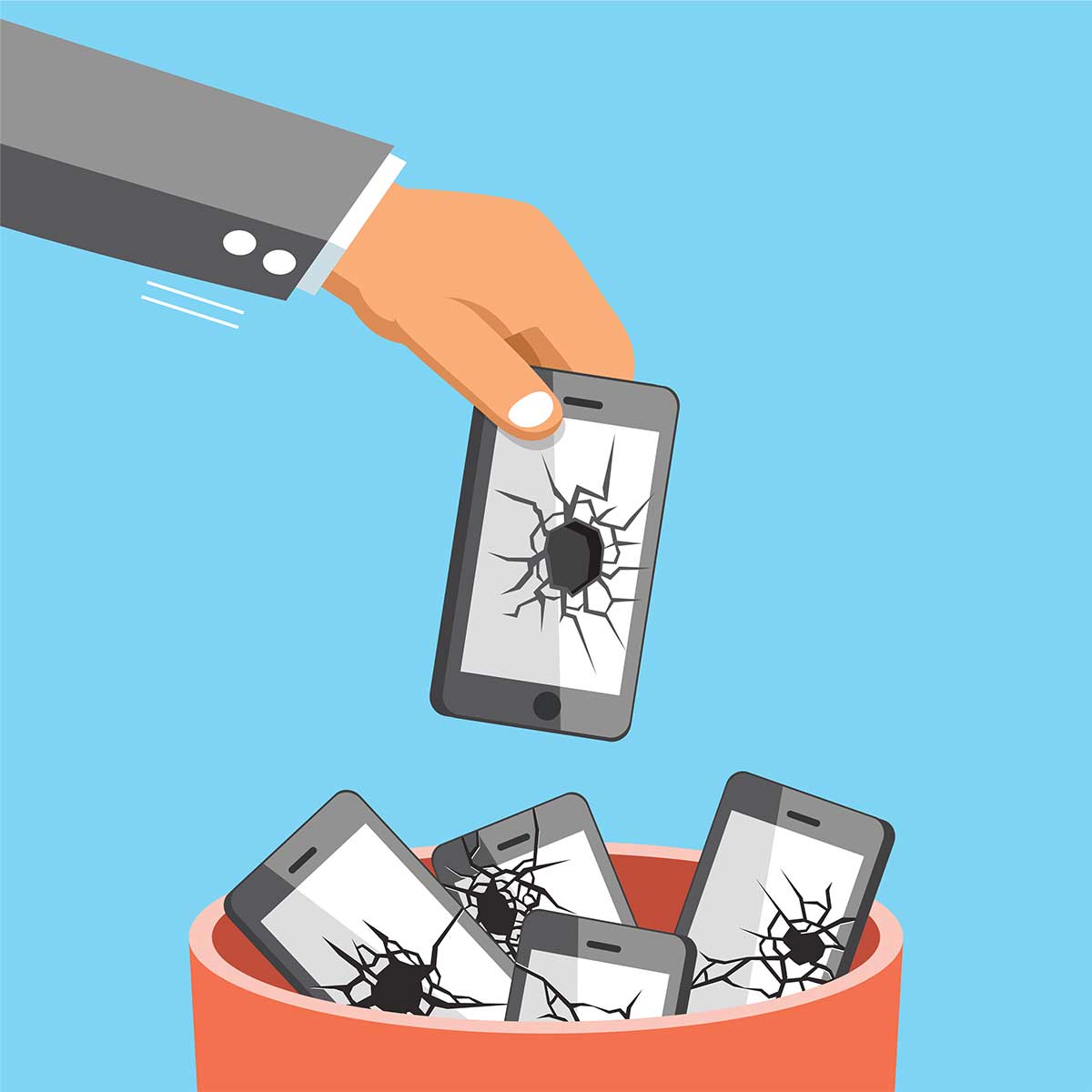
Electronic Waste
- Electronic waste (e-waste) is a global problem; especially since many developed countries, ship their discarded electronic devices to less developed parts of the world.
- Often the e-waste is improperly dismantled and burned, producing toxic emissions harmful to waste site workers, children, and nearby communities.
- Therefore, it is important for cell phone users to dispose of and recycle their devices responsibly and ethically.
Positive Impacts of Recycling your Phones
Plastic, precious metals, copper, cadmium and nickel can all be extracted from broken and retired phones and can be used to create everything from plastic bottles to stainless steel homewares and batteries.
Recycling just 50,000 phones can remove the need to mine more than 330 tonnes of precious metal ore and 19 tonnes of CO2 emissions.
“Boomerang Recycle wants those old Phones back”
“SAVE OUR PLANET”
